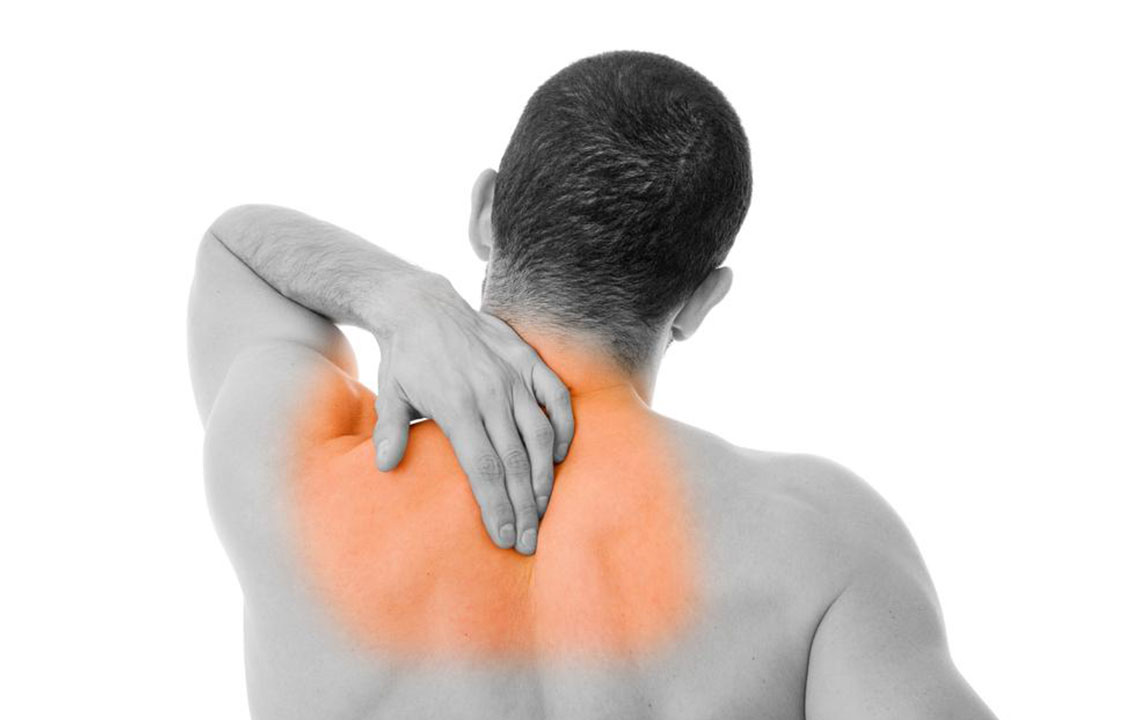Understanding the Various Causes, Symptoms and Treatments of Shoulder Pain

Your shoulder is a combination of many joints. The joints meet the muscles and tendons of the arm to provide a full range of motion to the arm. The shoulder facilitates thousands of activities in everyday life. These vary from scratching one’s back to bowling, to carrying bags, and even driving.
But your shoulder’s mobility may deteriorate over time, leading to issues such as instability & soreness. It may even affect the functioning of the bones or soft tissue in the shoulder, resulting in pain.
The pain could be consistent and chronic, or you might feel the pain only when you move the shoulder. If the pain is temporary, it is easy to deal with, but if it lasts for a long time, this may call for medical attention.
We need to understand the anatomy of the shoulder to understand shoulder pain in a better way.
Anatomy Of The Shoulder
The shoulder comprises of three major bones. They are as follows.
- Humerus, or the upper arm bone
- Scapula, or the shoulder bone
- Collarbone, or the Clavicle
There is a round socket in the shoulder blade called the glenoid. The top part of the humerus, or the upper arm bone, fits into the glenoid. A host of muscles and tendons works toward keeping the arm bone stable in the glenoid. This is called the rotator cuff, and it covers the top of the humerus, and it attaches the humerus to the shoulder blade.
Let’s go through the top four common types of shoulder problems:
- Tendon inflammation or tendon tear, also known as bursitis or tendinitis
- Loss of stability
- Broken bones or a fracture
- Arthritis
Some other problems, which are rarer, but can cause shoulder pain, are:
- Tumors
- Infections
- Issues involving nerves
Let’s run through some of the treatment options you have at your disposal for treating shoulder pain:
Treatment for shoulder pain is often subject to the underlying cause and symptoms. If it is a minor injury, you could go ahead with home remedies for these problems. These could reduce the pain and also speed up the process of healing. One such home treatment is alternating hot and cold packs.
Treatment Options for Shoulder Pain Include:
- Avoiding activities which make the symptoms worse
- Ice packs
- Anti-inflammatory medications
- Hydrosilylation or arthrography distension
- Surgery in some rare cases
Let’s know about the treatment options in detail:
Avoiding Activities for A Certain Time:
The cause of the shoulder pain may center down upon certain activities that you do. Your doctor may recommend avoiding these activities while the pain lasts. This also includes movements which aggravate the pain.
Some such activities are:
- Those that involve lifting your arms above the head
- Stretching your arms to a high degree
Ice packs
An ice pack can be an effective treatment for shoulder pain. Sportsmen use this treatment extensively. This works towards reducing the pain and inflammation by improving blood circulation.
You must apply an ice pack for 10 to 30 minutes at a time. But to avoid the ice pack touching the skin and causing an ice burn, wrap it in a towel before you apply it.
Physiotherapy
Physiotherapy uses a host of methods which ease the pain while your body heals. Some of the most common methods among these are:
- Shoulder exercises can be particularly useful to strengthen your shoulder. These could be very useful if one suffers from a condition such as shoulder instability.
- Massage therapy is another good physiotherapy tool. In massage therapy, the physiotherapist uses his hands to manipulate the patient’s shoulder, relieving a lot of shoulder pain.
If you suffer from shoulder pain, it is important to keep your shoulder joint mobile. You could ensure this, with light and gentle movement. If at such a time, you choose to avoid shoulder movement altogether, it may result in:
- Wasting of your muscles
- Deterioration and stiffness
So while it is possible, you must carry on with normal usage of the shoulder.
Let’s Run Through Some Basic Home Remedies for Shoulder Pain
Keep your elbows by your sides
If you keep your elbow towards your side while you have a shoulder pain, it gives the shoulder a break. You may use an arm sling or an armrest, but the long-term usage of the same is not recommendable.
Itsy Bitsy Spider
Itsy Bitsy Spider is an easy shoulder exercise. This strengthens your shoulder and restores the range of motion. Here’s how you do it.
- Stand straight, facing the wall
- Stretch your arms and move your hands up and down the wall, like a spider.
- Repeat 7-8 times. Make sure you do not strain your shoulder.
These home remedies should let you overcome shoulder pain. But be prompt to take medical counsel if the condition deteriorates or the shoulder pain is persistent.


